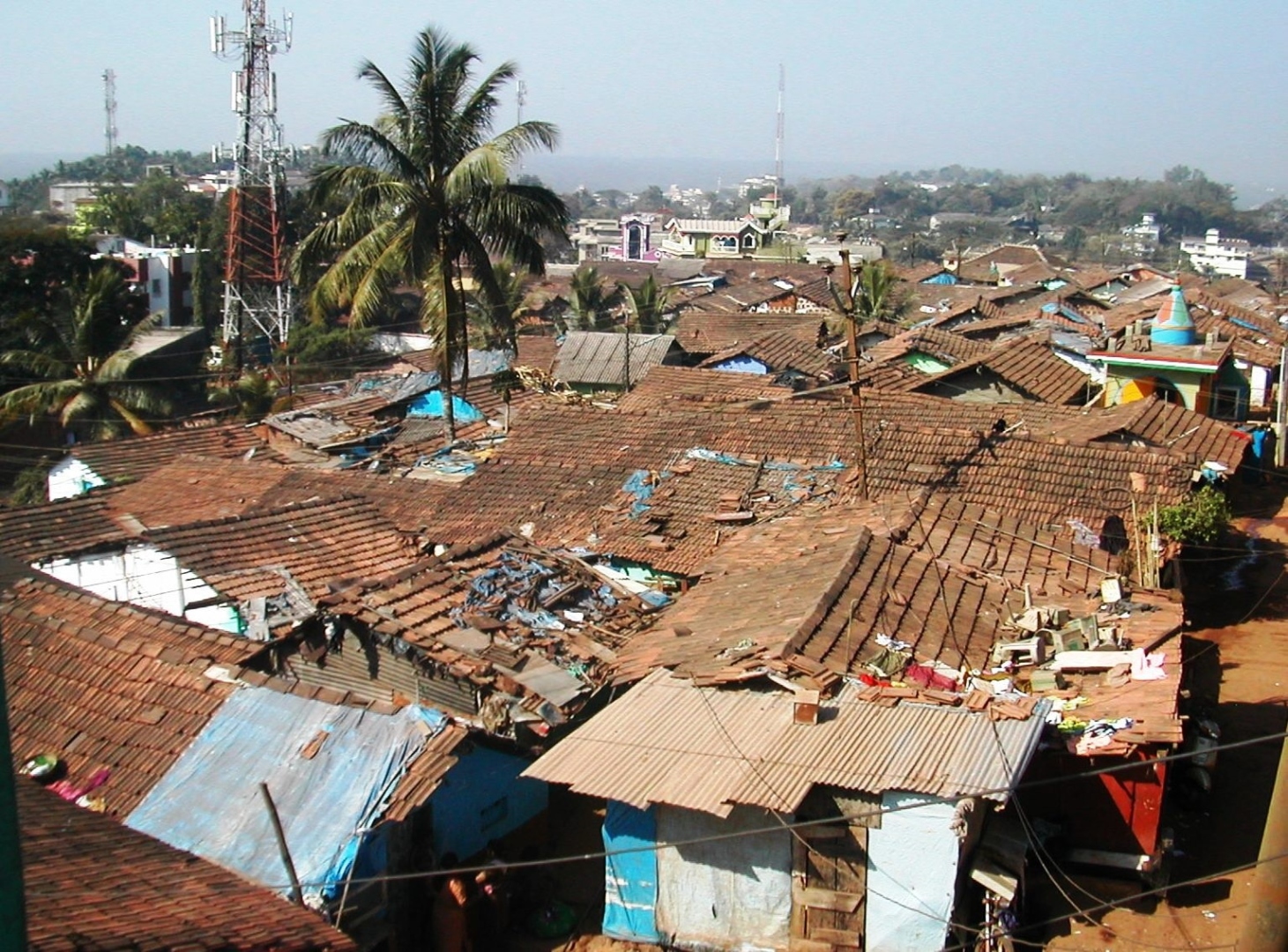
Hutments at Moti Dongor expose the cost of political silence on encroachments.
MARGAO
As the comunidade bodies in South Goa prepare to legally challenge the constitutional validity of a controversial Bill passed during the recently concluded session of the Goa Legislative Assembly—one that seeks to regularise illegal constructions on comunidade land—a number of serious and pressing questions have emerged.
Who is responsible for the unchecked proliferation of illegal structures across comunidade lands? Is it the Office of the Administrator of Comunidades (South Zone)? Are the local comunidade bodies themselves complicit? Or does the blame lie with a nexus of politicians and bureaucrats, whose tacit support and silence have allowed these encroachments to flourish over the years?
These questions are not without basis. After all, these illegal structures didn’t crop up overnight—they were built gradually, allegedly under the very nose of the government, with indifference from the authorities tasked with protecting comunidade lands.
South Goa has 90 comunidade bodies under the South Zone, and sources reveal that a majority of the unauthorised constructions are located on land owned by around 10-15 comunidade bodies spread across the talukas of Mormugao and Salcete. In Salcete, most of the illegal structures have surfaced on land owned by the Aquem Comunidade at Moti Dongor and Talsanzor, besides illegal structures on land belonging to the comunidades of Margao, Davorlim and Dicarpale.
Comunidades prepare legal challenge
President of the comunidades of Aquem, Margao, Davorlim, and Dicarpale, Savio Corriea, confirmed that work is underway to draft a petition challenging the Bill's constitutional validity. “We are fully aware of the host of issues this Bill presents—particularly how the government plans to go about legalising these structures. But the central concern before the comunidade bodies right now is whether the Bill stands up to constitutional scrutiny,” he said.
Celestin Norohna, Attorney of the Aquem Comunidade, echoed similar concerns. “In light of recent Supreme Court judgments and rulings by various High Courts, we are confident that this Bill can be successfully challenged in the event it receives the Governor’s assent,” he stated.
Administrator’s office under fire
Norohna directly blamed the office of the Administrator of Comunidades (South Zone) for the prevailing situation. “These illegal structures didn’t suddenly appear. What has emboldened these encroachments is the sheer indifference and lethargy of the Administrator’s office. There have been instances where official complaints have simply gone missing.”
He further criticised the government for not taking steps to strengthen the comunidade administrator’s office. “The office has for years been held by officials with additional charge, not dedicated full-time officers. That itself shows how little importance the government gives to the protection and administration of comunidade land,” he said.
The situation in Moti Dongor and the adjoining Talsanzor, both falling under the jurisdiction of Aquem Comunidade, serves as a stark example. With over 350 illegal structures, largely occupied by migrant settlers on prime real estate land, the comunidade body had filed multiple complaints seeking action. In 2013, the then Comunidade Administrator had even ordered the demolition of these structures. However, the matter has since been stalled in the High Court, following a government submission seeking to regularise them.
Hope for judicial intervention
But with recent Supreme Court rulings and a significant judgment by the Himachal Pradesh High Court favouring the sanctity of community and public lands, Norohna remains hopeful. “These judicial pronouncements give us reason to believe that justice will finally be served for the comunidade bodies in Goa,” he asserted.
As the battle lines are drawn, all eyes are now on the Governor’s decision and the legal road ahead. For the comunidade bodies, this is more than a fight over land—it’s a fight to uphold tradition, legal rights, and the rule of law.